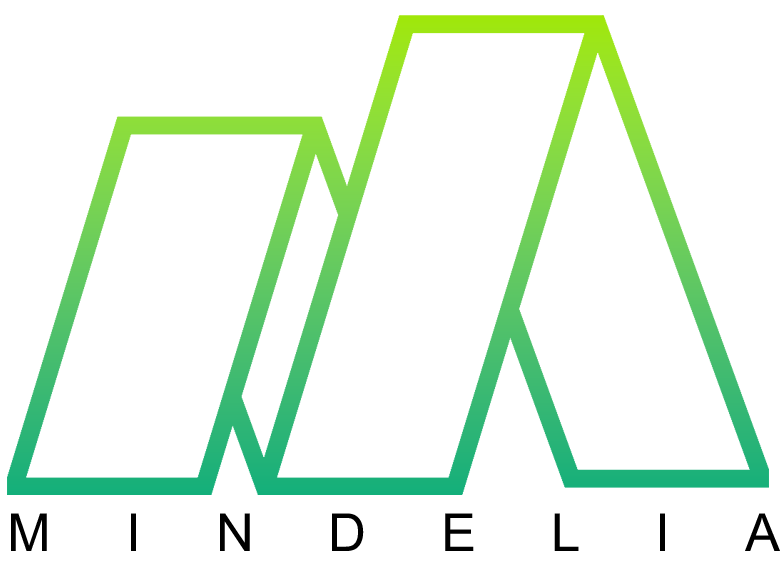As people work to make their homes suitable for everyone’s needs, renovating for accessibility is becoming more important. Making sure homes are comfortable and usable for people of all ages and abilities requires careful planning and changes that support inclusivity and independence. This includes installing ramps and grab bars, as well as using smart home technologies. The goal is to create living spaces that are welcoming and comfortable for everyone. In this blog post, we will explore key aspects of renovating for accessibility, highlighting strategies and considerations for making your home a place where individuals of all ages can thrive.

Essential Tips for Renovating Your Home for Accessibility
Renovating your home for accessibility involves several crucial steps to ensure that the space is safe, comfortable, and functional for everyone. Start by evaluating the current layout and identifying areas that need modification. Focus on entryways, bathrooms, kitchens, and living areas, as these are often the most challenging spaces for individuals with mobility issues. Consider widening doorways to accommodate wheelchairs, installing ramps instead of stairs, and ensuring that floors are smooth and level to prevent tripping hazards.
Lighting is another critical aspect to consider. Adequate lighting can help prevent accidents and make the home more navigable for those with visual impairments. Install brighter lights in hallways, staircases, and outdoor areas. Additionally, think about incorporating smart home technology, such as voice-activated systems, to make everyday tasks easier for everyone. These modifications not only improve accessibility but also enhance the overall functionality and comfort of your home.
How to Make Your Home More Accessible: Key Renovation Ideas
Making your home more accessible starts with simple yet effective changes. One of the most impactful modifications is installing grab bars in bathrooms and along hallways. These bars provide essential support for individuals with limited mobility, helping them move around safely and independently. Additionally, consider replacing traditional doorknobs with lever handles, which are easier to operate for people with arthritis or other hand mobility issues.
Another key renovation idea is to lower countertops and cabinets in kitchens and bathrooms to make them accessible to everyone, including those in wheelchairs. Installing pull-out shelves can also enhance accessibility and convenience. For multi-story homes, consider installing a stairlift or even a home elevator if feasible. These modifications not only make the home safer but also ensure that everyone can navigate the space with ease and independence.
Top Accessibility Features to Include in Home Renovations
When renovating for accessibility, certain features stand out for their effectiveness and ease of use. Ramps are a top priority, especially at entry points where stairs are present. Ensure these ramps are constructed with a gentle slope and non-slip materials for added safety. Additionally, walk-in showers with no threshold are highly beneficial, as they allow for easy access and reduce the risk of falls. Installing a handheld showerhead and a shower seat can further enhance the safety and comfort of the bathroom.
Another essential feature is non-slip flooring throughout the home, especially in areas prone to moisture like kitchens and bathrooms. Carpeting with low pile or slip-resistant rugs can also help prevent accidents. In the kitchen, consider touch-sensitive or motion-sensor faucets to make tasks easier for those with limited dexterity. These features not only improve accessibility but also contribute to a more user-friendly and safe living environment.

Creating an Inclusive Home: Renovation Strategies for Accessibility
Creating an inclusive home requires thoughtful renovation strategies that address the needs of all residents. Start by ensuring that doorways and hallways are wide enough to accommodate wheelchairs and walkers. This may involve removing or reconfiguring certain walls. Additionally, consider lowering light switches and thermostat controls to a height that is easily reachable for everyone. These simple changes can make a significant difference in daily living.
Another strategy is to create flexible spaces that can adapt to changing needs. For instance, install adjustable-height countertops in the kitchen and bathrooms. This allows family members of all ages and abilities to use these spaces comfortably. In living areas, opt for furniture that is easy to move and rearrange, providing flexibility for different activities and needs. By incorporating these strategies, you can create a home that is welcoming and functional for all its inhabitants.
Renovating for Accessibility: Practical Solutions for Every Room
Each room in your home can benefit from specific accessibility renovations. In the kitchen, consider installing pull-down shelves, which make upper cabinets more accessible. Side-by-side refrigerators and wall ovens positioned at an accessible height can also make cooking and food preparation easier for everyone. In the bathroom, a walk-in tub or a roll-in shower with a bench and grab bars can provide both safety and comfort.
In bedrooms, ensure there is enough space around the bed for a wheelchair to maneuver. Lowering the bed height and installing bed rails can also assist those with mobility challenges. For the living room, choose furniture with firm cushions and armrests to make sitting and standing easier. Ensure that remote controls for electronics are easily accessible, and consider using voice-activated systems for added convenience. By implementing these practical solutions, you can create a home that is both accessible and comfortable for all residents.
Last Word
Renovating for accessibility is not just about making physical modifications to a home; it’s about creating an environment that fosters inclusion, independence, and comfort for all residents. By incorporating universal design principles, utilizing assistive technologies, and addressing safety and sensory needs, homeowners can transform their living spaces into places where everyone feels welcome and supported. As the population ages and awareness of accessibility issues grows, the importance of renovating for accessibility will only continue to increase. By embracing this approach, homeowners can create homes that meet the needs of all occupants, both now and in the future.
Frequently Asked Questions
Key features include wide doorways, no-step entries, accessible bathroom facilities, lever-style door handles, and ramps or lifts if there are elevation changes.
Yes, smart home technology can significantly enhance accessibility through voice-activated systems, automated lighting, smart thermostats, and security features that can be controlled remotely.
Many regions offer grants, loans, or tax credits for accessibility renovations. It’s advisable to check with local housing authorities or non-profit organizations specializing in accessibility for potential assistance.

